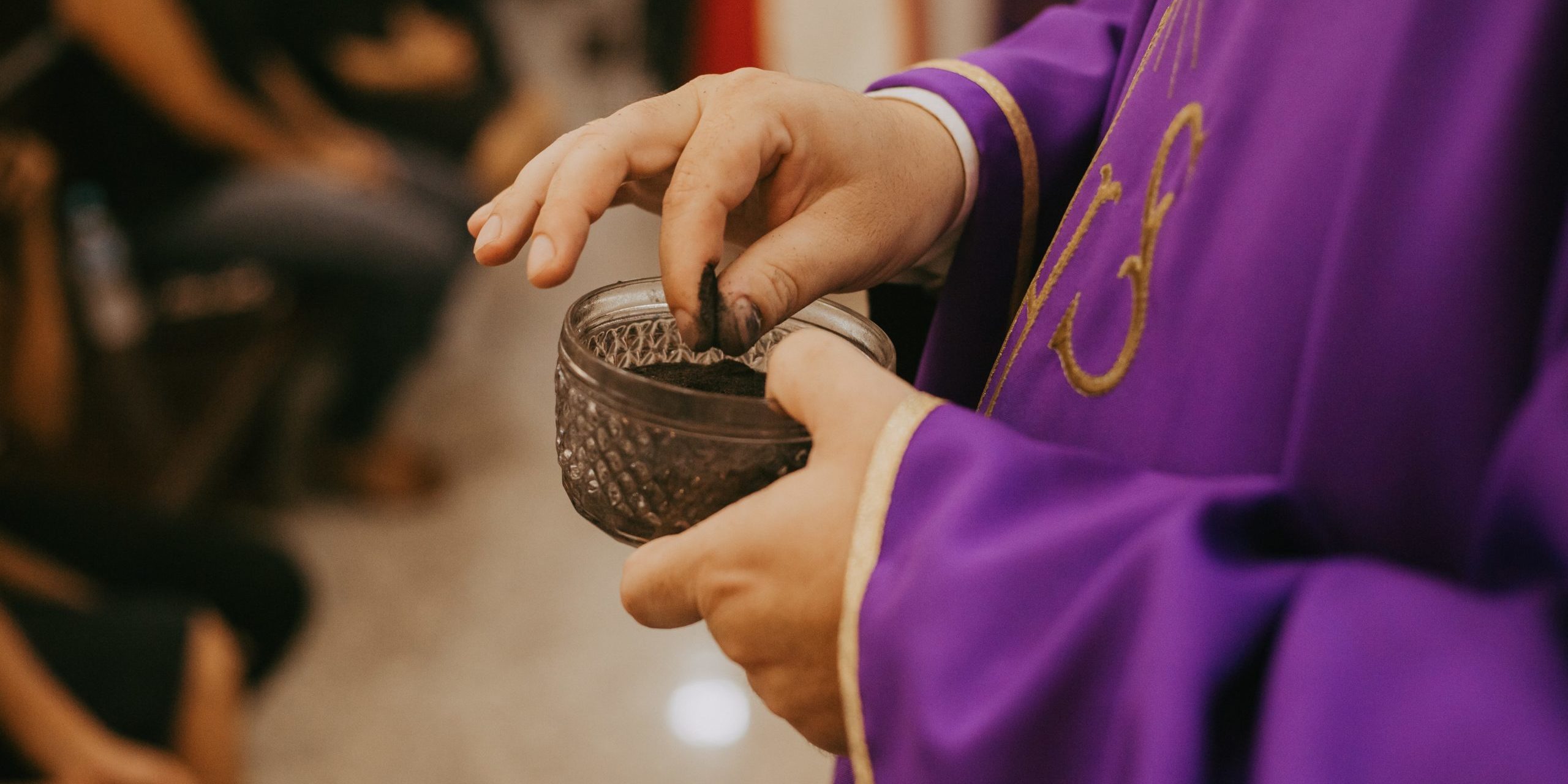Ash Wednesday is soon approaching on March 2, marking the beginning of 2022’s Lenten season. It is one of the most attended masses of the year, with millions of Christians from all over the world receiving a holy black cross on their foreheads. Unless you know the meaning behind this religious ritual, it could be an unexpected sight to see. In this blog post, we’ve broken down five things you should know about Ash Wednesday.
Who Celebrates Ash Wednesday?
Catholics predominantly observe this holiday; however, many Christians of all denominations also participate in this religious holiday.
What does Ash Wednesday represent?
Also called the Day of Ashes, Ash Wednesday represents a day of repentance, when one confesses their sins and professes their devotion to God. During a special Ash Wednesday Mass, a priest places the ashes on a worshiper’s forehead in the shape of a cross. When the priest applies the cross of ashes, he says: “Remember that you are dust, and to dust, you shall return.” He also may say, “Repent and believe in the Gospel.”
The ceremony shows that a person belongs to Jesus Christ, and it also represents a person’s grief and mourning for their sins — the same sins that Christians believe Jesus Christ gave his life for when he died on the cross.
What is the ash made from?
The ashes can come from the previous year’s Palm Sunday. The palms are burned, the ashes collected and then crushed into a fine powder and placed into bowls. The priest blesses the ashes during the Ash Wednesday Mass after the homily.
Why is Ash Wednesday important?
Ash Wednesday marks the beginning of the year’s Lenten season, 40 days dedicated to reflection, prayer, and fasting ahead of Easter.
How does Mardis Gras or Fat Tuesday relate to Ash Wednesday?
Mardi Gras is French for “Fat Tuesday” and reflects the last night’s practice of eating rich, fatty foods before the ritual of sacrifices and fasting of the Lenten season.
BONUS: What can one sacrifice in the Lenten season?
St. Vincent de Paul of Los Angeles compiled a list of things to give up to help visualize the true blessings of this Lenten sacrifice. A few examples are shopping second hand at local thrift stores like St. Vincent De Paul in Los Angeles and Long Beach, 30 extra minutes of devotion or prayer time, clear your home of extra items and donate your gently used items to your local thrift store.
For more ideas, click here to view the full list.
Sources:






